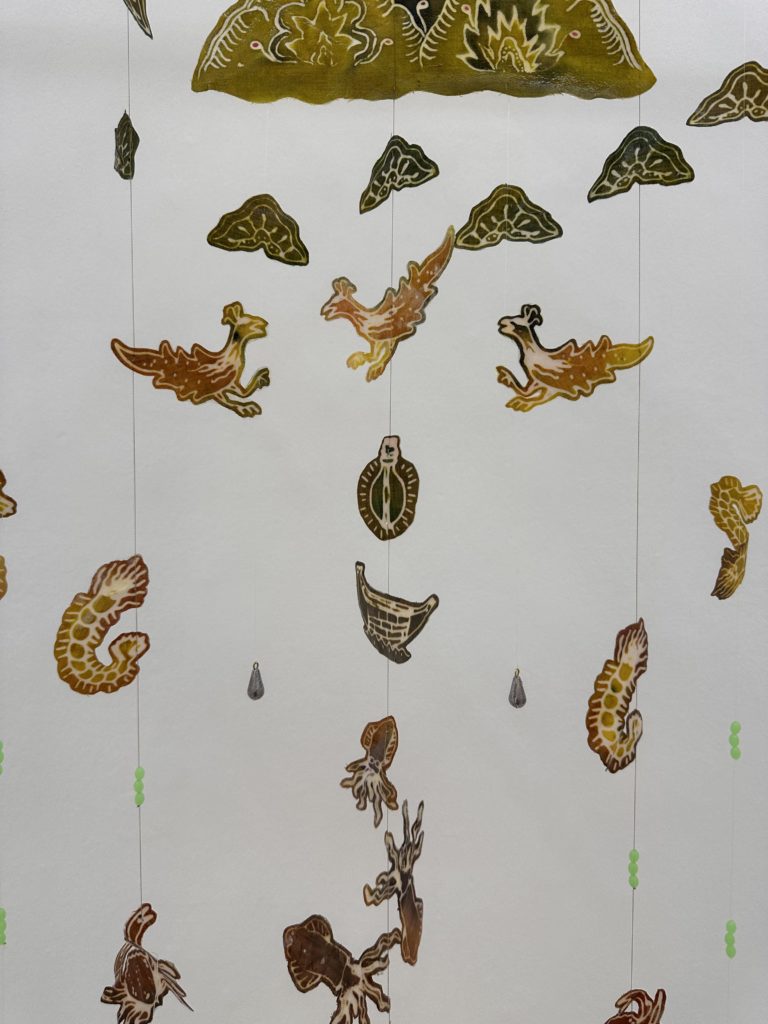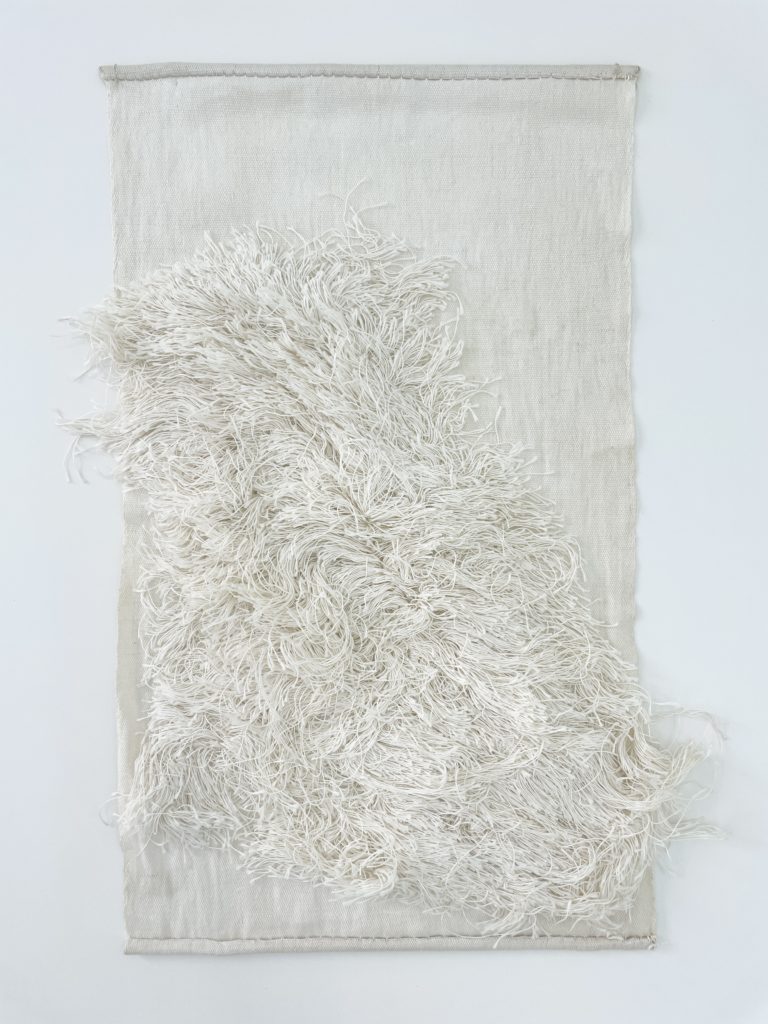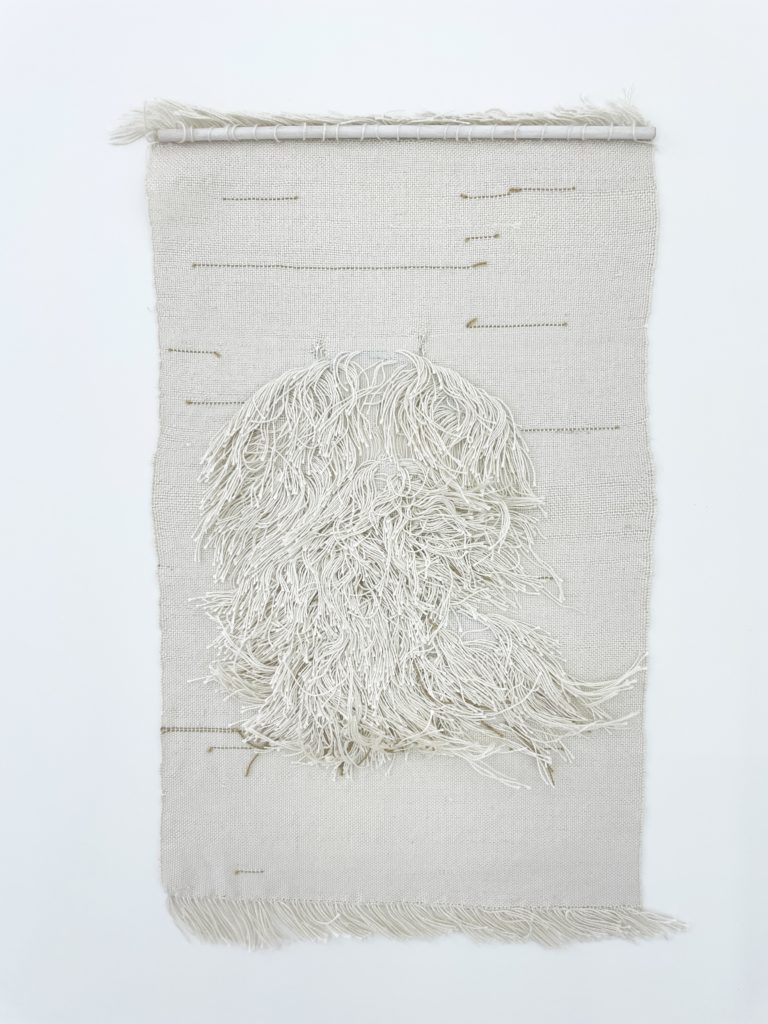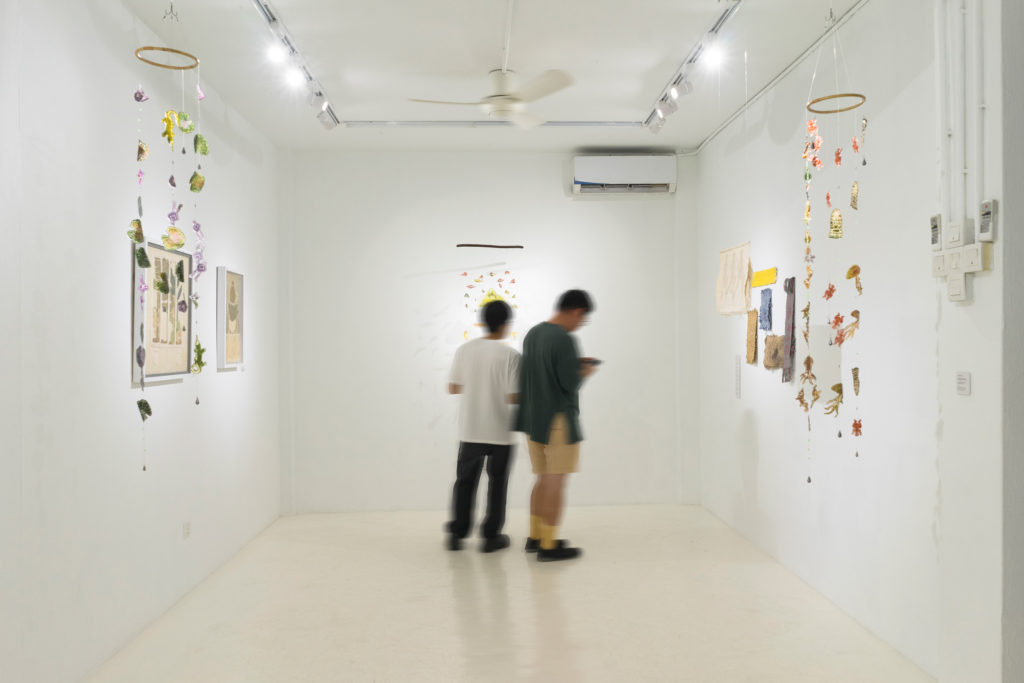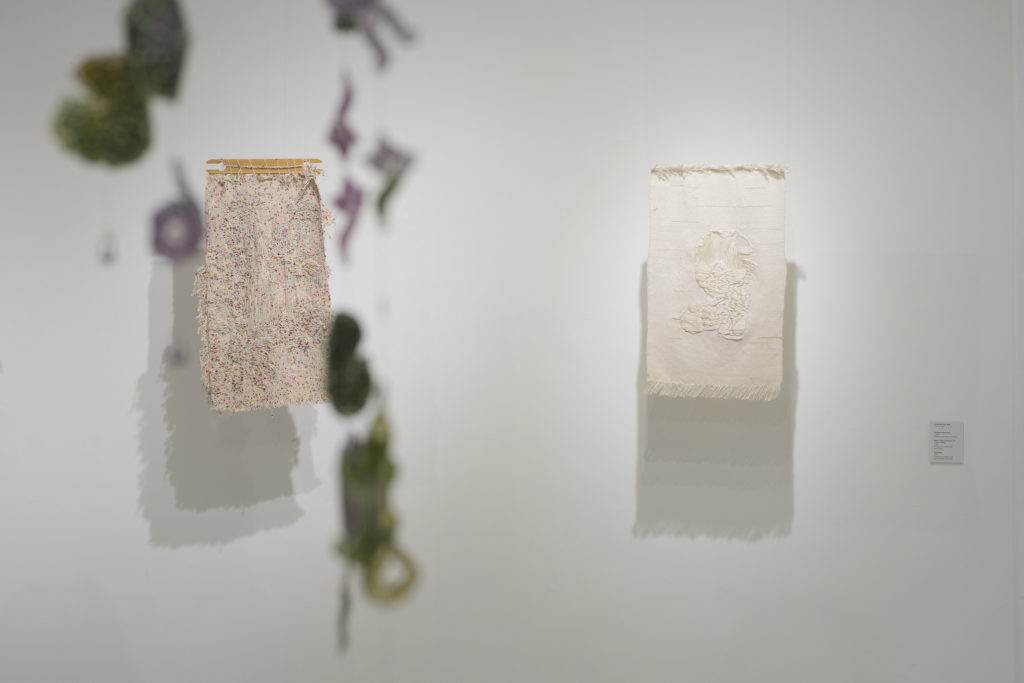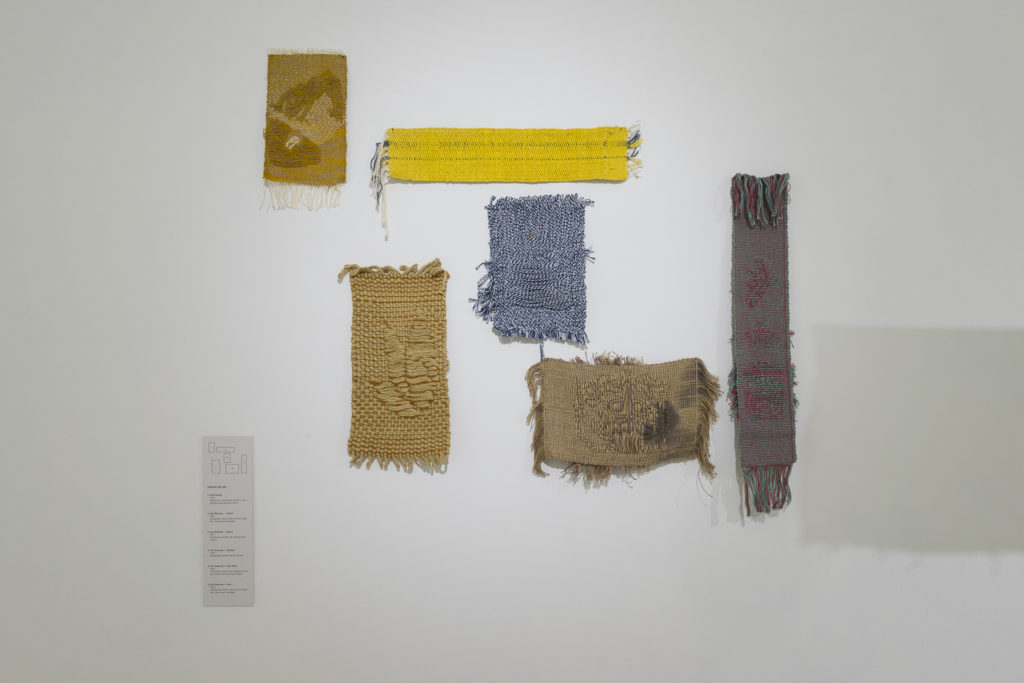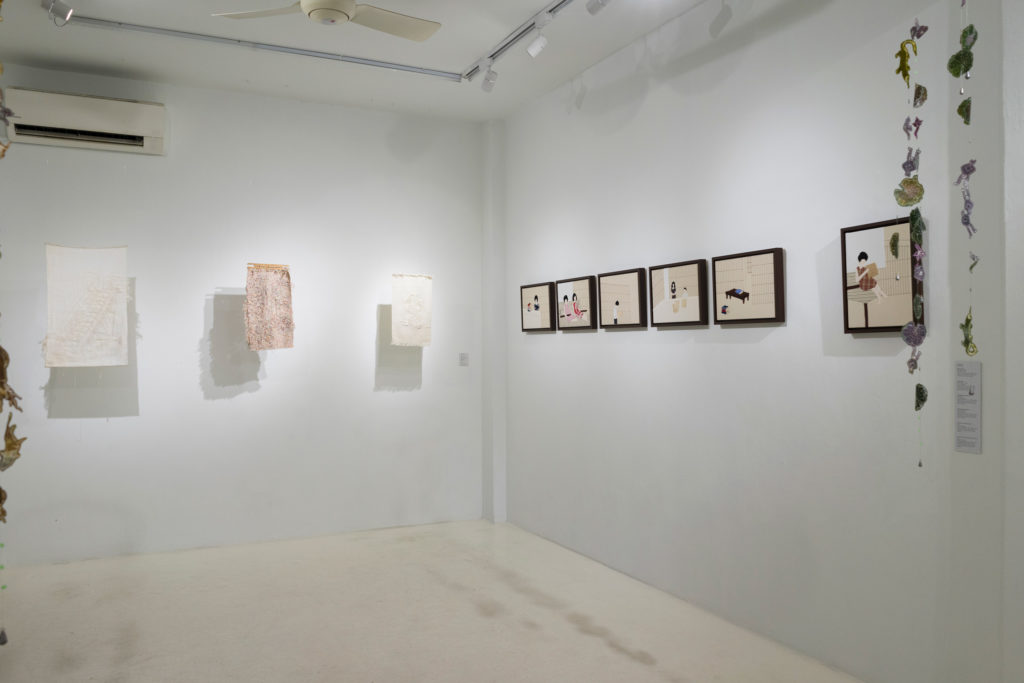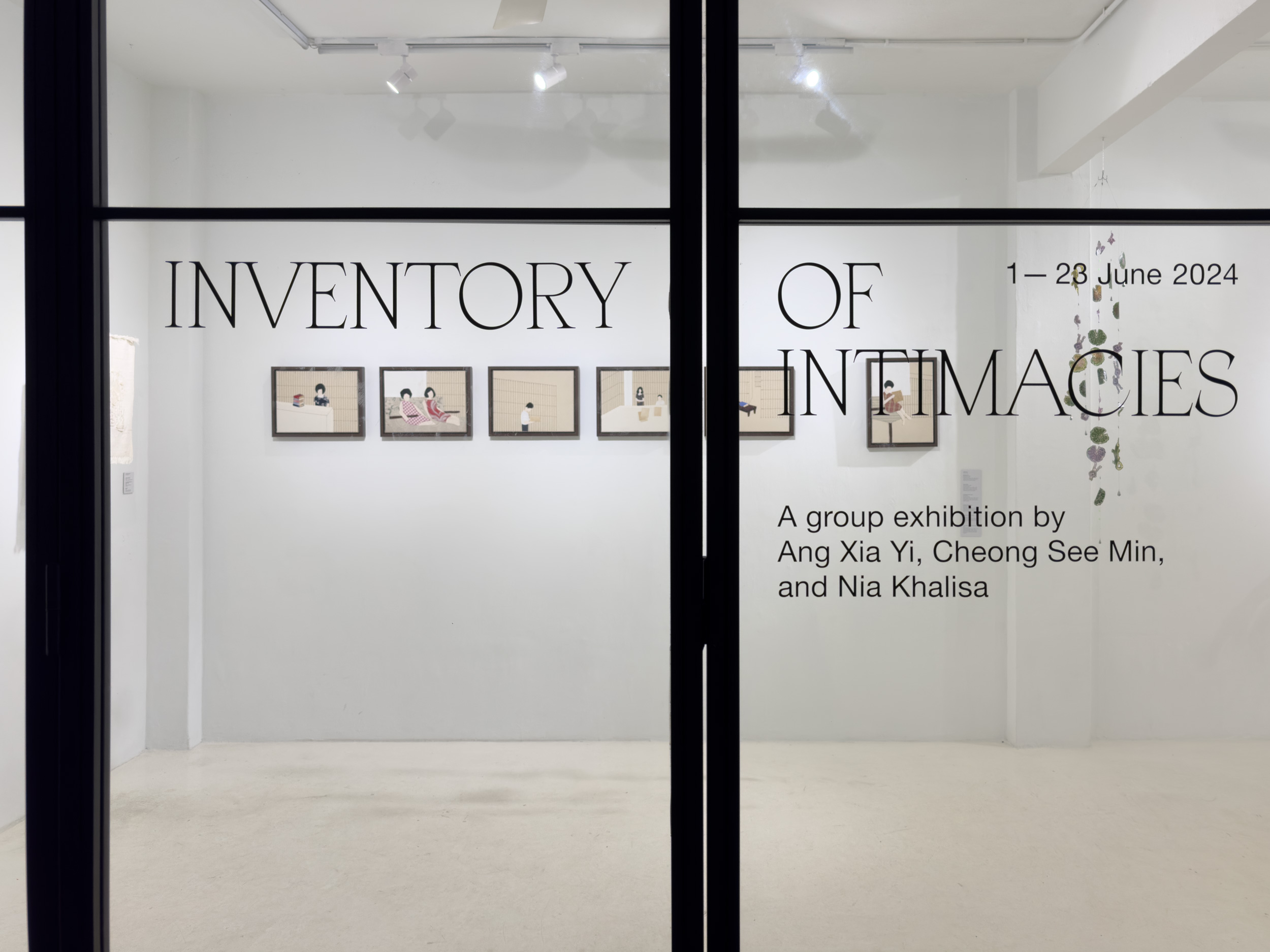
The Back Room is pleased to announce their upcoming show, Inventory of Intimacies, a group exhibition featuring three emerging Malaysian artists working with textiles: Ang Xia Yi, Cheong See Min, and Nia Khalisa. Within their practices, textiles, found fabrics, and fibres are used as means for recording time and history on a more intimate scale, against the backdrop of grander societal narratives. Represented in the show are a range of textile and fibre mediums, including pictorial patchwork quilting, weaving, and batik drawings.
Inventory of Intimacies looks at three practices that harness textile’s ability across its diverse sub-practices to capture the fluid and indistinct quality of memory. Less faithful than photography or statistics, less crystallising than language, all of which fix memory in too precise a representation, textiles, by their very nature, convey impressions that appeal to the sensual side of human nature and the soft comfort of nostalgia.
In Ang Xia Yi’s practice, found fabrics are selected from household fabric stockpiles accumulated over generations or found at old-school fabric shops. Fabrics are selected for the ways they correspond to the fashions of a certain era in her childhood or the youth of her mother, aunts, and grandmother, as gleaned through photographs or through anecdotes shared at home. The fabrics are used to recreate the mise-en-scene of old photographs dug out of the family archives, as sewn patchwork. In the translation of photographs into textiles, not only are old black-and-white photographs transformed into colour, but they also accrue new sentiments through the found fabrics used to create them which, despite their personal significance to Xia Yi, are yet familiar and common enough to evoke memories in anyone. In the translation, like any translation, they also evoke the gap between the artist’s own present with the time of the photographs, and her attempt to reach over it.
Batik tjap pictures by Nia Khalisa (Lisa), also evoke a sense of nostalgia through the sepia tints of the wax and the faded, rustic appearance of the hand-dyed fabrics that they are printed on. Her imperfect images with ragged outlines and liberal amounts of negative space create a dual sense of serenity and alienation. The subjects of her stamps, which are custom-made according to her drawings, are inspired by creatures, plants, and patterns from her surroundings. A long spell in Indonesia to study art and batik, frequent collaborations with Bon Ton Resort in Langkawi, built on an old plantation site, and frequent day trips into the jungle while back in Selangor keep her in contact with nature. The spaces in her pictures convey a sort of spiritual calm and perfect isolation within nature, but could also be interpreted as a disquieting emptiness by those used to the density of cities. A new line of experiment within her practice are the three hanging pattern chains made of stamped fabric cut-outs cast in resin and linked together, like those mobiles that hang above children’s cots to lull them to sleep.
Cheong See Min also plays with a sense of incompletion within her practice. Presented in the Inventory are two new woven pieces along with a few smaller, earlier works that are suspended in the space in order that viewers may see the works’ front and back. Many of the works are finished with loose threads at the back, a picture of soft and tantalising disorder to contrast the rigid locked fibres at the front. The yarns have been carefully selected through processes of research and experimentation and many have been dyed using natural pigments derived from plants such as pomegranate, gambir, and tumeric. Research into the properties and histories of the plant inform See Min’s subject matter for the artwork, and vice versa. It is through all these small choices made that the works are realised. Her subject matter is inspired by daily observations of her surroundings and elements in stories told by her friends and family.
Such practices are a way of forming intimacy with others, even with strangers. The small stories, memories, and impressions that make up a life are woven into the work and are the essence that the works try to express. Like a sewing box, often kept by female members of a family and filled with scraps of fabric, threads, needles, and spare buttons from every single piece of buttoned clothing that every member of the family has ever bought.
The exhibition invites thinking into how textiles express notions of memory, personal and shared, and how they can be analysed as documents of time on a human scale, in contrast to documents of photography or writing. The Inventory is an intimate archive, an ordered sewing box (if such a thing could possibly exist), and gaps that are also bridges.
Photos by Kenta Chai
Read more stories like this on BASKL via the links below:



